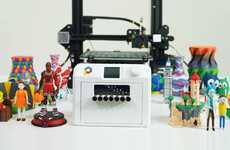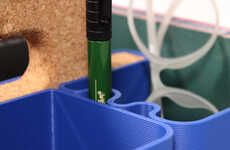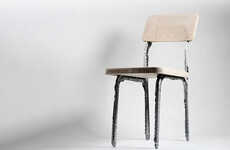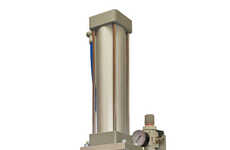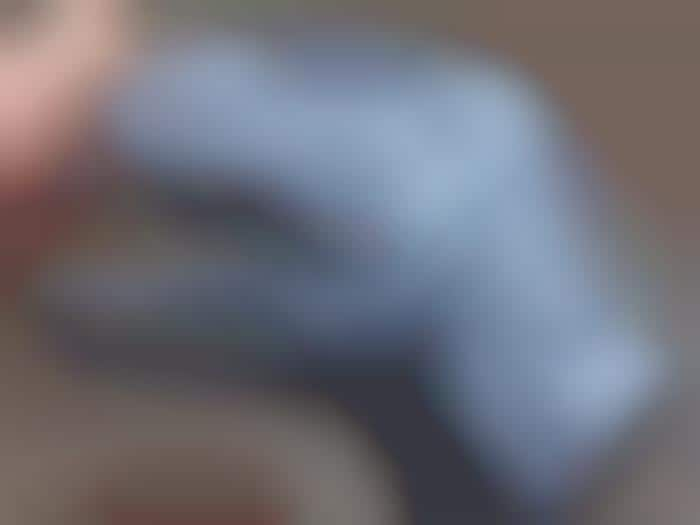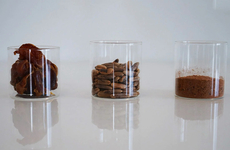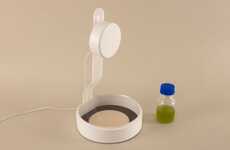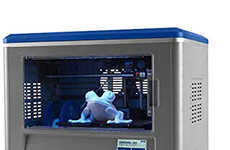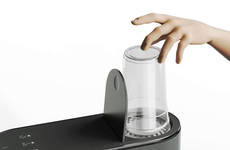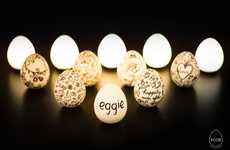
The 3D Printing Process Could be Revolutionized by Malleable Filament
Michael Hemsworth — February 2, 2016 — Tech
References: adambeaneindustries & geeky-gadgets
With maker culture in full swing, many are looking for ways to help enhance the 3d printing process, which this malleable filament does in an innovative way.
Created by Adam Beane Industries, the sculptable filament works by being incorporated into 3D printers and used just like regular filament. However, after the process has been finished, the filament is capable of being sculpted, shaped and customized as a way to help incorporate a sense of hand-craftsmanship.
3D-printed goods often look 3D-printed because of the visible print lines, which some interpret as unsightly. The incorporation of malleable filament into the 3D printing process could help to revolutionize the manufacturing industry by being able to create goods that can be finished to perfection.
Created by Adam Beane Industries, the sculptable filament works by being incorporated into 3D printers and used just like regular filament. However, after the process has been finished, the filament is capable of being sculpted, shaped and customized as a way to help incorporate a sense of hand-craftsmanship.
3D-printed goods often look 3D-printed because of the visible print lines, which some interpret as unsightly. The incorporation of malleable filament into the 3D printing process could help to revolutionize the manufacturing industry by being able to create goods that can be finished to perfection.
Trend Themes
1. Sculptable Filament - The 3D printing industry can disrupt the traditional manufacturing process by using sculptable filament that can be shaped and customized after being printed.
2. Enhanced 3D Printing - Incorporating malleable filament into 3D printers can improve the visual appearance of 3D-printed goods, disrupting the status quo of their often visible print lines.
3. Hand-crafted Finishes - The use of sculptable filament can offer a sense of hand-craftsmanship in 3D-printed goods, disrupting the notion that 3D printed goods always look mechanical or machine-made.
Industry Implications
1. 3D Printing - 3D printing manufacturers could use sculptable filament to improve the aesthetic and hand-crafted look of their products.
2. Manufacturing - The manufacturing industry could benefit from the use of sculptable filament, which would allow for more customization and hand-crafted finishes.
3. Product Design - Product designers can disrupt the traditional manufacturing process with the use of sculptable filament, allowing for more creative freedom and customizability in their designs.
4.2
Score
Popularity
Activity
Freshness

